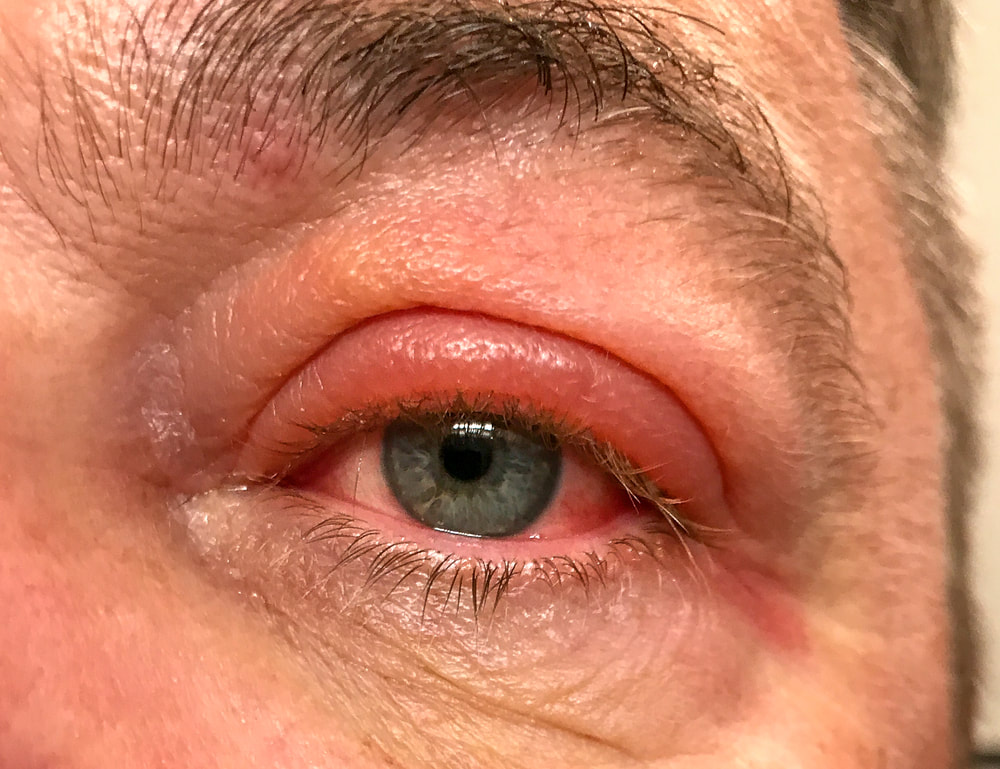CausesMany things can scratch the cornea of your eye. For example, contact with sand, dirt, and wood shavings can scratch your eyes. These foreign bodies can blow into your eye and cause a scratch. In other cases, an object may scratch the eye, such as a tree branch. You can also scratch your cornea by putting in and taking out your contact lenses. Putting on eye makeup, such as mascara, can also lead to a corneal abrasion if you accidentally bump your eye with the wand. Even something as simple as rubbing your eye can lead to a scratch by your fingernail. The abrasion can occur due to contact with something, such as dirt or sand, but it can also develop after something gets in your eye if you rub the eye. The bottom line is when you put anything near your eye, you can potentially scratch the cornea if you are not careful. SymptomsPain is the main symptom of a scratched cornea. The cornea is full of nerve cells, and a corneal abrasion may be painful even if it is a small scratch. Additional symptoms of a corneal abrasion include the following:
TreatmentIf you sustain a corneal abrasion, make sure you do not rub your eye or try to remove something that is embedded into the eye. It is OK to try to rinse off dirt, but don’t touch your eyeball with any type of tools, such as tweezers or cotton swabs. Also, do not wear your contact lenses while your eye is healing. It is best to see an eye doctor for a corneal abrasion. Treatment may depend on the extent of the injury. Treatment options include the following:
The good news is the eye tends to heal fast. As reported by the American Academy of Ophthalmology, most corneal abrasions improve within a few days. Larger abrasions may take a little longer to heal. But most improve in about a week. PreventionCorneal abrasions are a common type of eye injury. You can take steps to reduce your risk. Consider the following tips:
Use protective eyewear: Make sure to wear appropriate eyewear when doing activities where objects, dust, or sand could fly into your eye. Also, wear protective eyewear when engaging in certain sports that have the potential to injure your eyes, such as racquetball, hockey, and baseball. Keep fingernails short: Long fingernails can easily scratch your eyes. Keep nails well-trimmed to reduce the risk. Use caution with contacts: Take your time when putting your contacts in and taking them out. Rushing may increase the risk of scratching your cornea. Pay attention when you have objects near your eyes: Pay close attention to what you are doing when you have tools near your eyes. For example, if you are tweezing your eyebrows or putting on eye makeup, focus on the task to reduce your chances of having your hand slip and scratching your eye. If you have suffered a corneal abrasion, please consider seeing an eye doctor. If you have any questions, we are happy to answer them. Also, if you would like to ask whether an appointment with one of our eye doctors would be appropriate at this time, call our office at 508-746-8600. Comments are closed.
|
EYE HEALTH BLOGCategories
All
Archives
July 2024
|
|
Kadrmas Eye Care New England
55 Commerce Way, Plymouth, MA 02360
14 Tobey Road, Wareham, MA 02571 133 Falmouth Road (Rt 28), Mashpee, MA 02649 |
Phone Number:
1-508-746-8600 Hours: Monday through Friday — 8 AM – 4:30 PM |


 RSS Feed
RSS Feed
